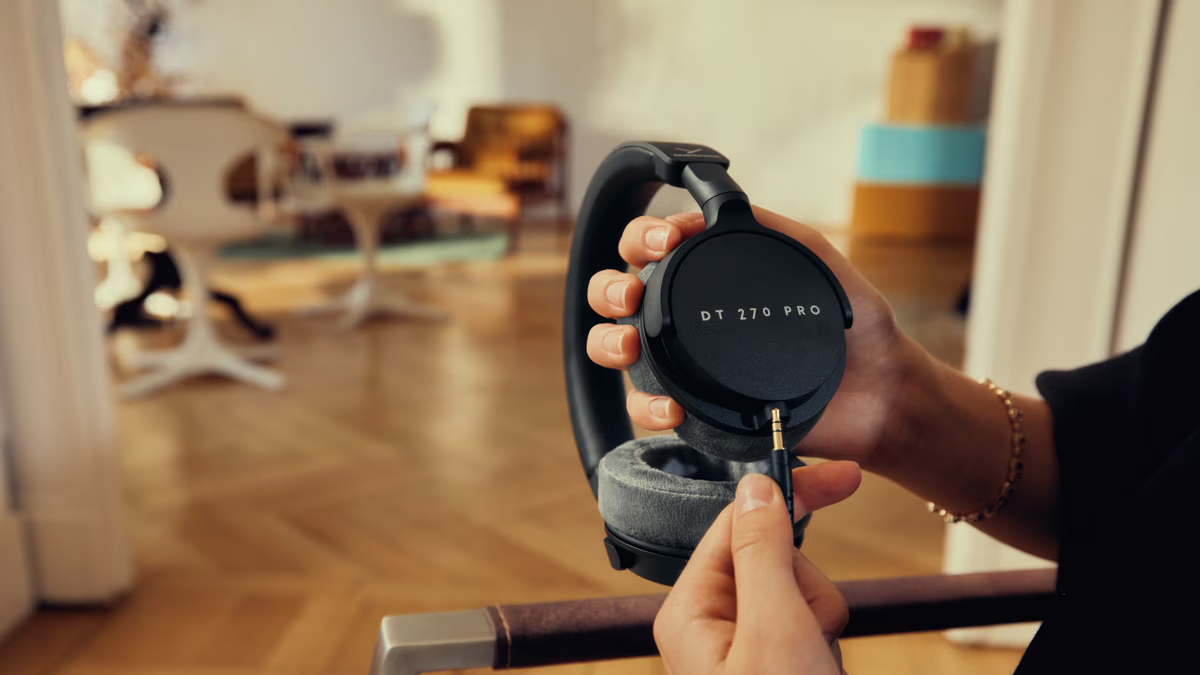LG G5 vs G4: is LG's new flagship OLED worth the extra money?
MLA screen tech is no more
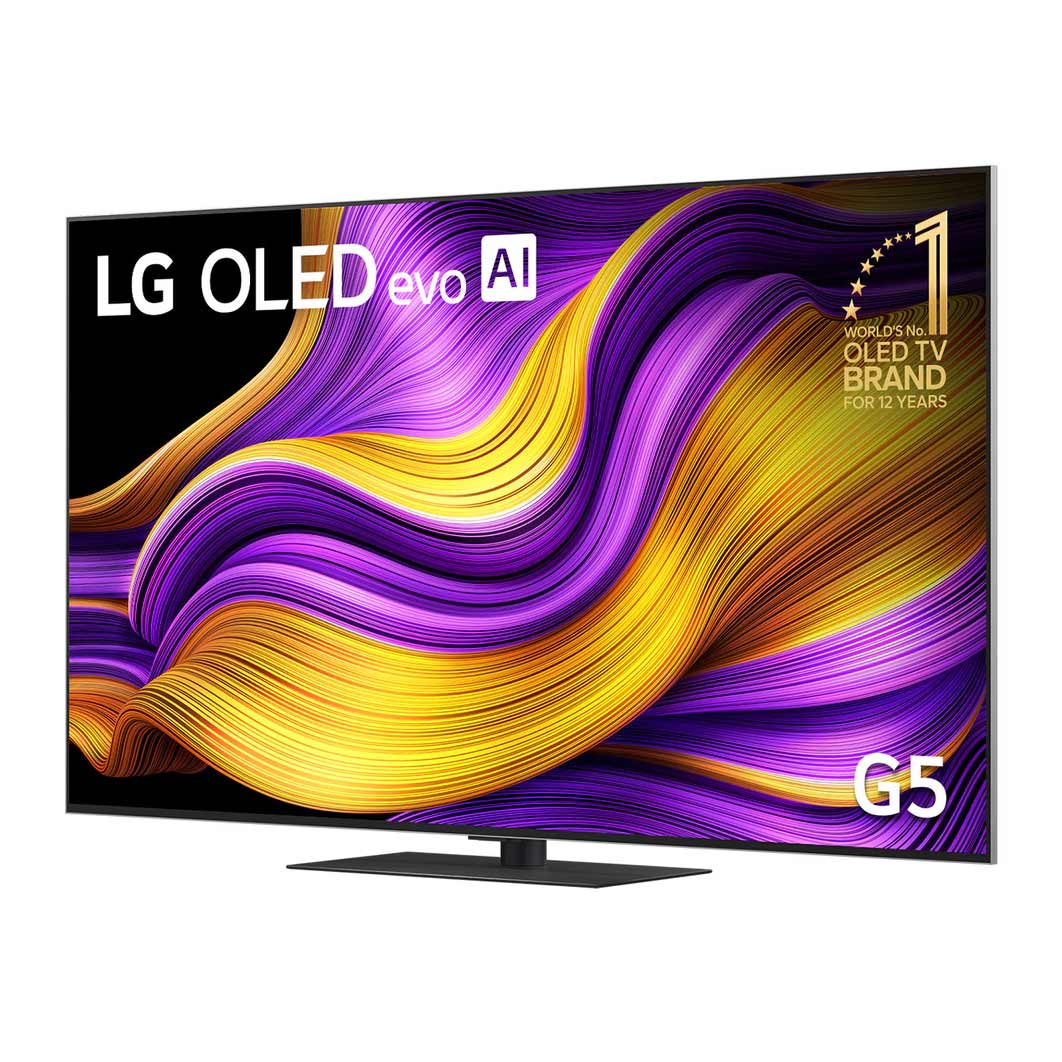
Screen size: 65 inches (also available in 48, 55, 77, 83 and 97 inches)
Type: OLED (Primary RGB Tandem)
HDR: HLG, HDR10, Dolby Vision
HDMI inputs: x4 (4 x 48Gbps HDMI 2.1)
Gaming features: 4K/120Hz, 4K/165Hz, VRR, ALLM, Dolby Vision game mode, HGiG
An initial bug in how it handled Dolby Vision content has now been fixed, which means we can now be as positive about the G5 as we always wanted to be: this is a stunning TV and a big jump forward for OLED.
Pros
- Dazzlingly bright image
- Crisp and colourful picture
- Excellent feature set for gamers
Cons
- Dull sound
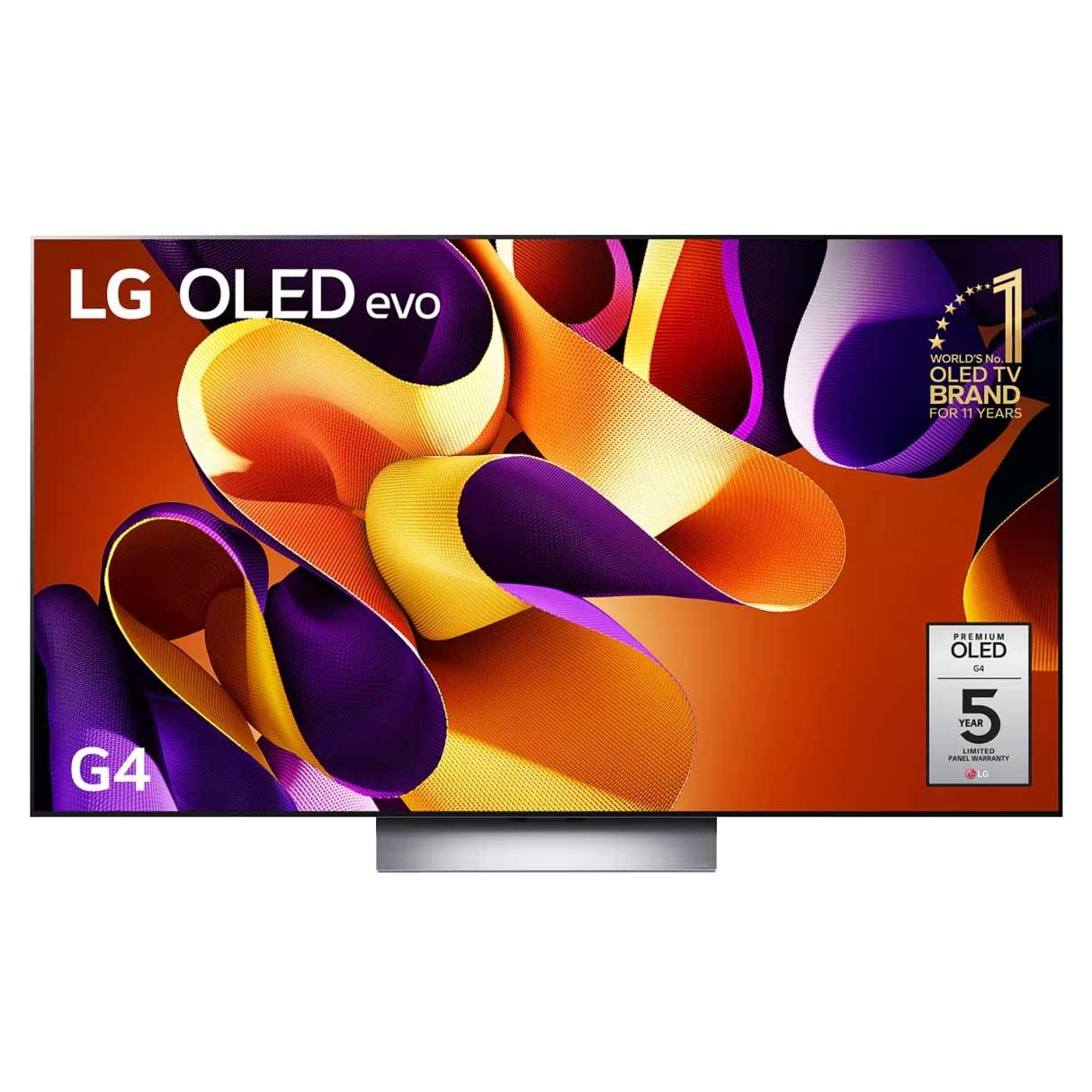
Screen size: 65 inches (also available in 55, 77, 83 and 97 inches)
Type: OLED (MLA)
HDR: HLG, HDR10, Dolby Vision
HDMI inputs: x4 (4 x 48Gbps HDMI 2.1)
Gaming features: 4K/120Hz, 4K/144Hz, VRR, ALLM, Dolby Vision game mode, HGiG
While its newer G5 sibling offers noticeable improvements in brightness and colour, the G4 remains an excellent TV. And, thanks to heavy discounting, it's available for much less than its successor, making it a great buy.
Pros
- Brilliantly bright picture that’s full of contrast
- Stellar gaming features
- Accurate motion handling
Cons
- Thin audio that’s prone to sibilance
LG's G series OLEDs are always among the best TVs. The G4 made real strides in terms of picture quality and sound, earning it a five-star review in 2024. And now the LG G5 has taken things on a step.
It boasts new screen technology, extra brightness, and a new smaller size to make it more accessible to more people. But how else does it differ from the G4? And is it worth the extra cash?
Having fully reviewed both sets, we feel perfectly placed to answer those questions.
9th June 2025
We have fully updated this comparison, including the G5's star rating and overall winner, in light of re-testing after a software update was issued to fix the initial problems we discovered with streamed Dolby Vision content.
Price
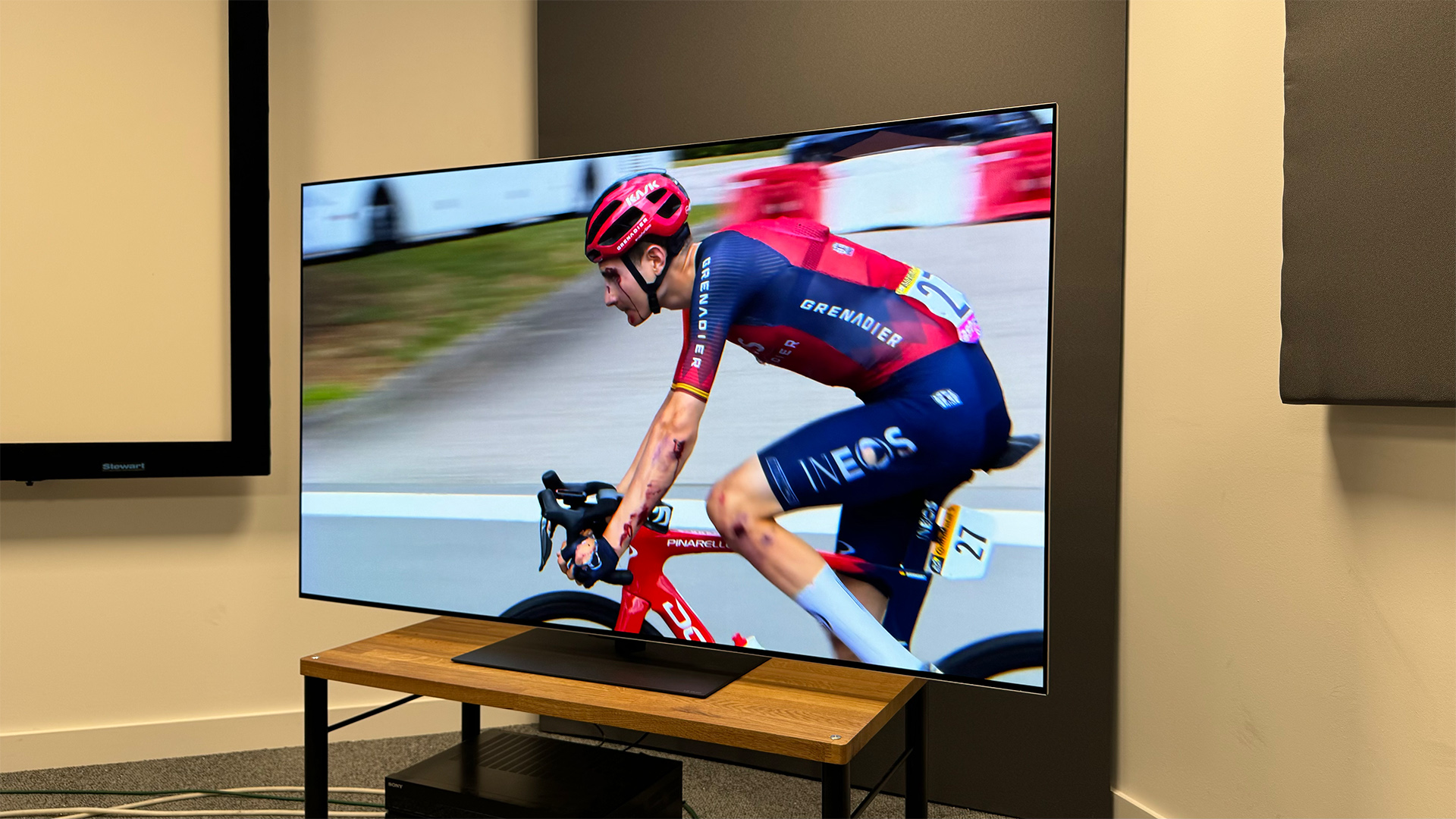
Most of the launch pricing for the LG G5 has now been announced, and in most sizes, it costs the same as the G4 did at launch.
Here's the full launch price comparison:
Screen size (inches) | G5 | G4 |
|---|---|---|
48 | £1800 / $TBC / AU$TBC | No such model |
55 | £2400 / $2500 / AU$4199 | £2400 / $2600 / AU$4199 |
65 | £3300 / $3400 / AU$5299 | £3300 / $3400 / AU$5299 |
77 | £4500 / $4500 / AU$7999 | £4500 / $4600 / AU$7999 |
83 | £7000 / $6500 / AU$9999 | £7000 / $6500 / AU$9999 |
97 | £25,000 / $25,000 / AU$TBC | £25,000 / $25,000 / AU$n/a |
But, of course, the G4 has now had almost a year to pile on the discounts, and it's now available for much less than it was at launch.
Because you can get the G4 for so much less than a G5, this round has to go to the older model.
The latest hi-fi, home cinema and tech news, reviews, buying advice and deals, direct to your inbox.
** Winner: LG G4 **
Design

In terms of the look, very little has changed between the G4 and G5.
The new model sticks with the 'Gallery' design, which makes it look like a picture frame. It's noticeably more stylish than its C series sibling, which looks a bit plain by comparison.
Stylish, yes, but modern? Hardly. The G4's design is itself very similar to the G3's, which in turn was almost identical to the G2's. So the G5 looks very similar to LG's flagship model from 2022. We're all for the 'if it ain't broke...' philosophy, but at the same time, it might be nice to freshen up the range.
In a G-series first, LG made the 55- and 65-inch versions of the G4 available with a stand, and that approach is being repeated for the G5. Those models are also available with LG's flush wall-mount, of course, and that's the only option with the other sizes of both TVs.
The G5 is the first G-series model to be available in a 48-inch screen size, but it's worth noting that this smaller model, along with the 97-inch version, doesn't feature the same panel technology as the core sizes and won't hit the same brightness levels.
The remote control for the G5 has also seen minor updates with a new AI shortcut button and a more generalised connected-devices hub button replacing the previous input control. However, it still lacks premium features, such as backlighting, that we'd like at this price point.
Interestingly, markets outside the UK (such as North America and South Korea) receive a sleeker, more streamlined remote with the G5, though this hasn't made it to the UK due to the absence of a number pad.
** Winner: Draw **
Features

The G4 was one of the most feature-rich TVs of last year, and the G5 builds on its impressive feature set.
The big difference is in the panel technology used by each: the G4 features second-generation MLA screen tech, which is noticeably brighter than previous OLED technology, but LG has now replaced this with Primary RGB Tandem OLED tech for the G5.
This should bring with it not only small increases to the brightness and colour volume of relatively small highlights, but also a much larger increase (40 per cent or so) to the brightness of screen-filling elements – think along the lines of big explosions, or the white room from The Matrix.
LG calls this feature 'Brightness Booster Ultimate'. Again, note that it doesn't feature on the 48- or 97-inch versions of the G5.
The G4 comes with the Alpha 11 processor, giving it four times as much AI processing power as the Alpha 9 chip seen in the LG C4. It also enables certain features, such as Peak Highlighter (which intelligently boosts the brightness of a small number of screen pixels for brighter localised highlights), AI Director Processing (which gives more accurate colours) and Object Enhancing by Visual Perception (which adds depth and three-dimensionality).
The G5 features an upgraded version of the same chip, which it refers to as the Alpha 11 Gen 2. This, it says, enhances the AI features of the G4.
The G5 also features an integrated AI chatbot to help diagnose issues with your TV, and LG has even implemented a large language model so you don't need to remember specific commands – you can simply say something such as "make the picture brighter" or "I can't hear voices very well," and the TV will adjust accordingly.
The latest webOS 25 operating system features on the G5, which is an update from the G4's webOS 24. The new version maintains excellent app support for all major streaming services, including Netflix, Disney+, Amazon Prime Video, Apple TV, and local options. The interface has seen some minor refinements, too, though the criticised presence of embedded ads within the UI remains.
Both the G4 and G5 support HDR10, HLG, and Dolby Vision (just HDR10+ is missing), and have four HDMI 2.1 ports with support for 4K/120Hz, VRR, ALLM and Dolby Vision gaming.
But while the G4 topped out at 4K/144Hz, the G5 ups it to 165Hz (though not on the 48- or 97-inch models).
Impressive, sure, but this will only be of use to PC gamers with seriously hardcore machines able to output that refresh rate (the PS5 and Xbox Series X are only capable of running at 120Hz).
** Winner: LG G5 **
Picture quality
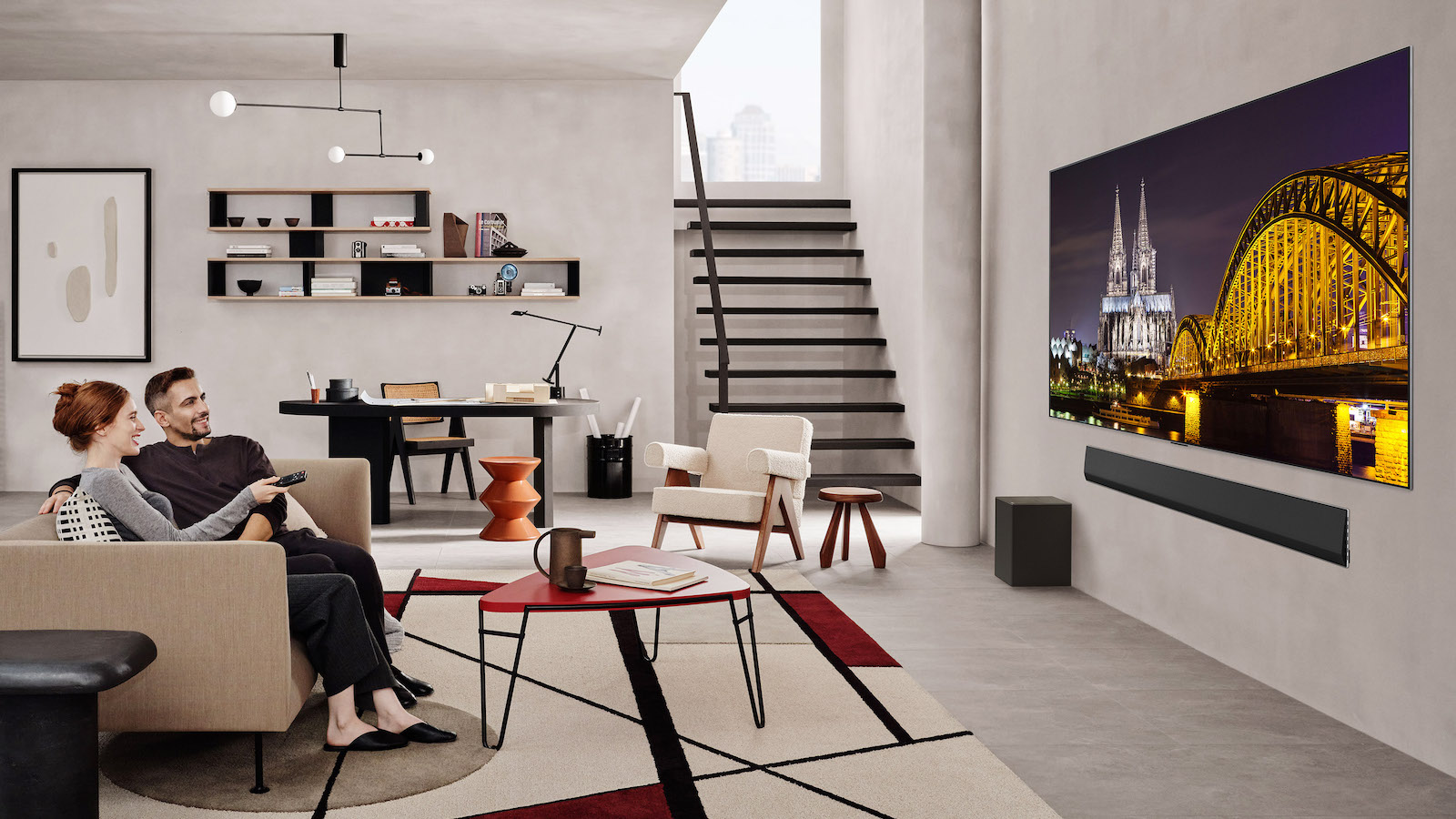
Having now reviewed the G5, we can confirm that it delivers a dazzling picture that represents one of the biggest jumps in OLED technology in recent years.
The Primary RGB Tandem OLED panel proves truly impressive in action, delivering striking brightness levels that are immediately noticeable compared with the MLA panel of the G4.
During testing with 4K HDR content, the G5's brightness capabilities were sometimes so intense that we were, at times, compelled to shield our eyes from the blazing peak highlights.
Content mastered for higher brightness, such as the 4K Blu-rays of The Matrix and Pan, truly showcases what the new panel technology can achieve. Scenes with bright highlights cut through with fantastic impact, creating a wonderfully three-dimensional viewing experience, with characters and objects holding impressive depth and separation from backgrounds.
The G5's colour performance has also taken a significant step forward. The enhanced colour volume afforded by the new panel technology results in richer, more vibrant hues across the spectrum.
During bright HDR scenes, the G5 presents stunning gradations of colour with excellent detail. Skin tones, in particular, are superbly realised, with natural warmth and excellent accuracy.
Motion handling remains excellent, too, with the G5 maintaining the G4's stellar performance in this area. The Cinematic Movement setting continues to be a highlight, adding just enough processing to smooth out 24fps judder without introducing the dreaded soap opera effect or artefacts that plague lesser displays.
Like the G4, the G5 offers excellent upscaling capabilities through its AI Super Upscaling feature, ensuring non-4K content still looks impressive. This remains particularly important for broadcast TV and older content.
However, we found one significant issue with the G5 in our initial review – it had problems handling streamed Dolby Vision content.
During testing, streaming services such as Apple TV and Disney+ showed noticeable issues in darker Dolby Vision scenes, including lifted blacks, blocky artefacts, and strange visual filters.
LG was made aware of this issue and has thankfully resolved it via a software update, so we no longer consider this to be a problem.
As for the G4, its AI-powered processing might be a bit much straight out of the box, but once you've damped it down a bit in the settings, the TV really flies.
Some of the processing – such as Cinematic Movement – is so good you'll want to keep it switched on. This mode keeps movement beautifully smooth, but also blissfully free of artefacts.
The MLA panel really shone at the time, with bright highlights cutting through with fantastic impact. All of which aids the sense of immersion.
"The added contrast gives the picture a wonderful three-dimensional feel, with characters looking suitably separate and removed from the background, while objects hold a wonderful sense of depth," we wrote in our LG G4 review.
Low-light scenes are noticeably more vibrant than with its predecessor, the G3. Skin tones in particular retain their authenticity, even in the moodiest of dimly lit scenes. And throughout, its HDR and peak brightness performance is excellent, with incredible amounts of detail in even the brightest conditions.
Despite the G4's prowess, though, there's no denying the improvements that the G5 and its Primary RGB Tandem OLED panel bring to the table.
** Winner: LG G5 **
Sound quality
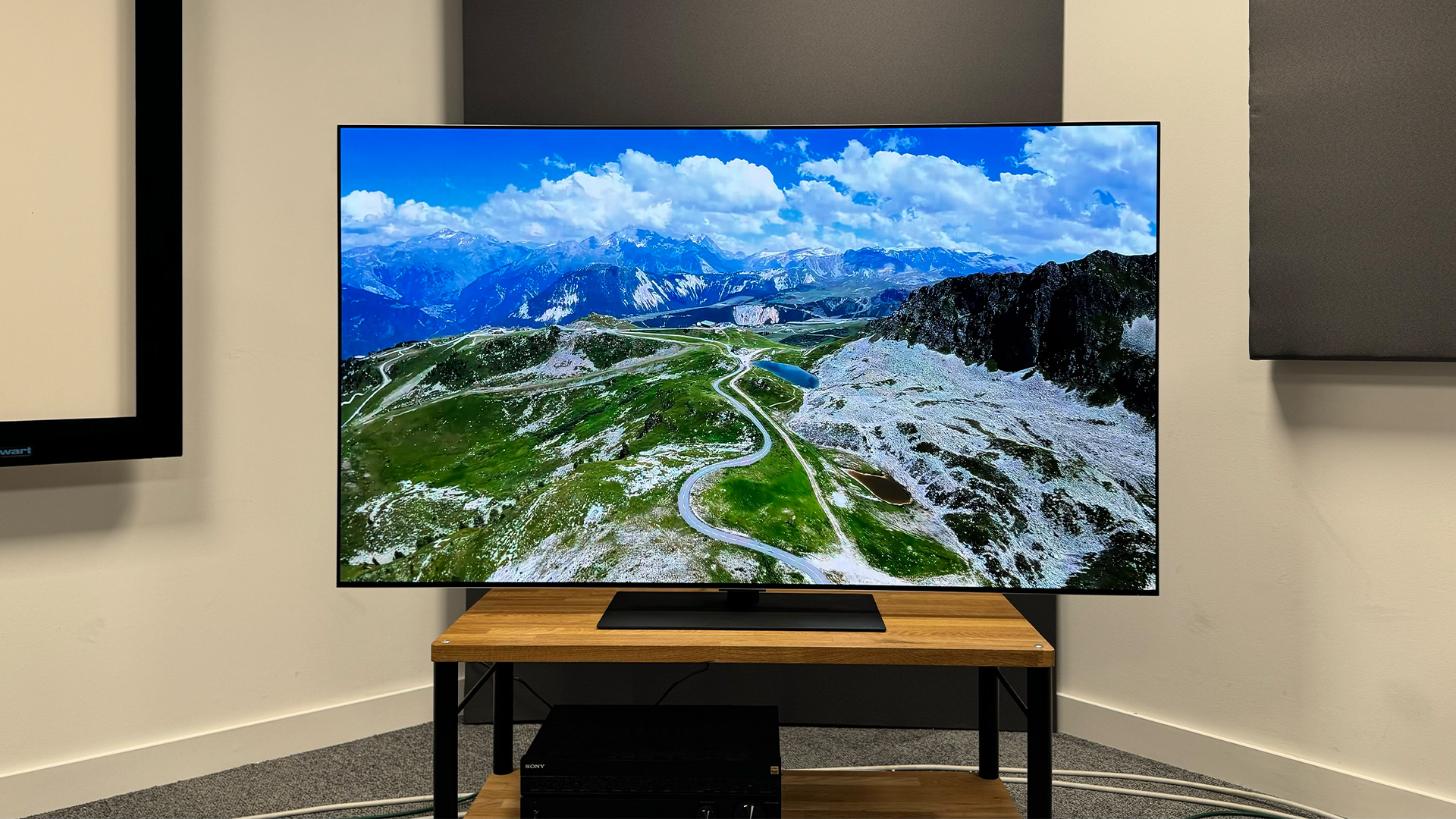
Unfortunately, the G5's audio performance doesn't match its visual prowess. Despite featuring a built-in 60W 4.2 channel sound system and support for Dolby Atmos, the sound quality is merely adequate.
The Cinema preset offers a wider, louder and punchier sound compared to the Standard setting (providing more clarity in the process), but it still lacks the depth and dynamism needed for truly immersive movie watching.
When testing with challenging audio content such as Blade Runner 2049, for example, the G5 struggles with low-end reproduction and dynamic shifts. Dialogue often sounds somewhat lifeless and dull, lacking character and emotion.
While it makes a decent attempt at processing the audio, the results fall well short of what even a mid-range soundbar can deliver.
As for the G4, it's a decent audio performer, if a little thin and flat. The AI Sound Pro mode adds a bit of heft and some much-needed directionality to dialogue. The G4's bass is also more controlled than the G3's, with more precision.
But, overall, sound is an area where LG's OLEDs have struggled. The G4 lacks oomph, and higher-frequency sounds are susceptible to sibilance. The G5, despite hopes for improvement, continues this trend of underwhelming audio performance. As with the G4, we strongly recommend pairing the G5 with one of the best soundbars to get sound quality that matches its stellar picture performance.
** Winner: Draw **
Verdict
The LG G5 represents a significant technical leap forward for OLED tech, with its Primary RGB Tandem panel delivering genuinely impressive brightness and colour performance. The 48-inch option also makes the G series more accessible, though buyers should be aware that this smaller size lacks some of the flagship features of the larger models.
The switch from MLA to this newer OLED tech has paid dividends in terms of picture quality, with the G5 offering a truly outstanding picture performance most of the time. And now that the Dolby Vision issue has been fixed, we have no trouble proclaiming the G5 to be the better TV.
Pricing does make things more complicated, particularly as we take value into account with all of our verdicts. In this case, though, the G5 is such an obvious upgrade over the G4 that we're prepared to proclaim it the overall winner of this head-to-head.
That said, we heartily recommend that you wait until later in the year before buying a G5, as pricing is expected to drop dramatically.
** Winner: LG G5 **
MORE:
Read our full LG G4 review
LG G5 vs C5: what's new?
LG 2025 OLED TV lineup: everything you need to know
Tom Parsons has been writing about TV, AV and hi-fi products (not to mention plenty of other 'gadgets' and even cars) for over 15 years. He began his career as What Hi-Fi?'s Staff Writer and is now the TV and AV Editor. In between, he worked as Reviews Editor and then Deputy Editor at Stuff, and over the years has had his work featured in publications such as T3, The Telegraph and Louder. He's also appeared on BBC News, BBC World Service, BBC Radio 4 and Sky Swipe. In his spare time Tom is a runner and gamer.
- Esat DedezadeFreelance contributor
- Joe Svetlik
- Lewis EmpsonSenior Staff Writer
You must confirm your public display name before commenting
Please logout and then login again, you will then be prompted to enter your display name.

